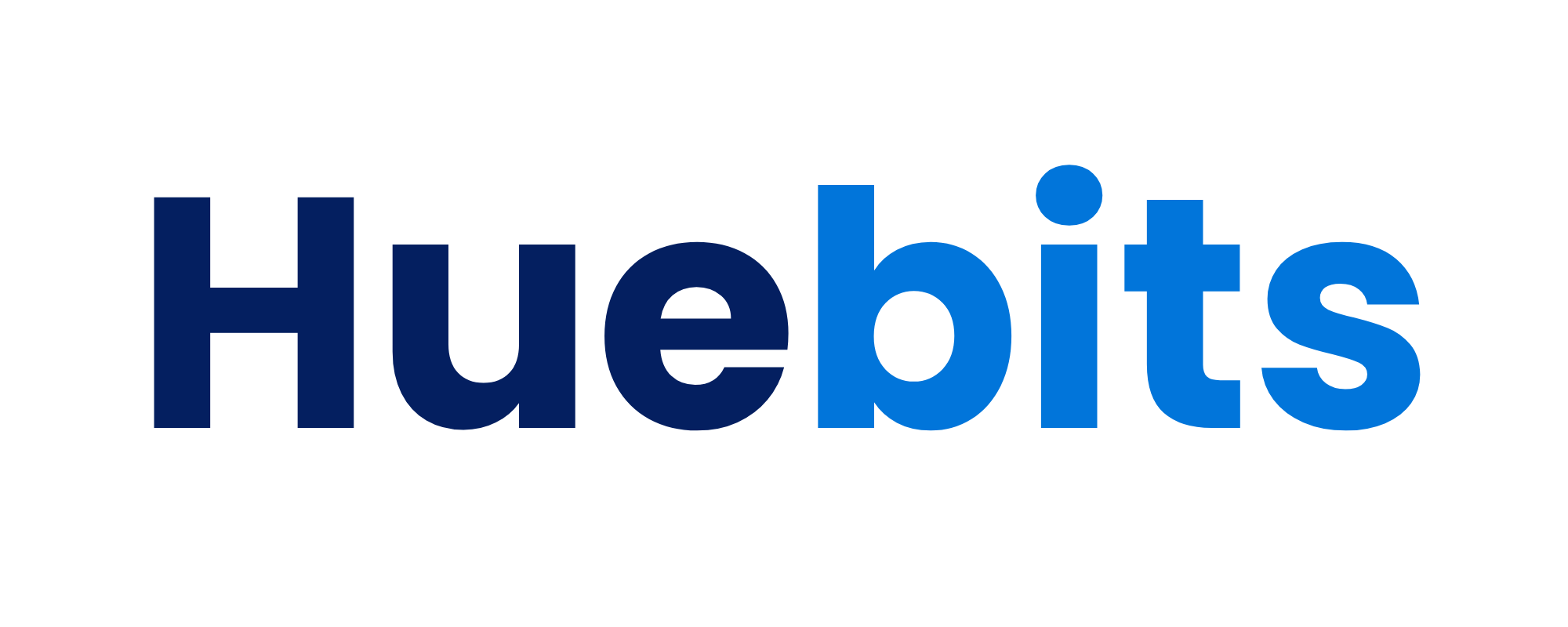AI in Retail Supply Chain: Reducing Food Waste & Boosting Sales with Azure Databricks

Introduction: The Hidden Cost of Food Waste in Retail
Retailers worldwide are facing a silent crisis—massive food waste and missed revenue due to outdated forecasting and poor supply chain visibility. The retail industry discards millions of tons of perishable goods every year, largely because of reactive planning and siloed data systems.
At Huebits Tech, we took on this challenge using a cloud-native AI architecture powered by Azure Databricks and Snowflake. The result? Over 50% waste reduction for key SKUs and sustained sales performance, even in volatile markets.
This blog outlines how we achieved these results—and how you can too.
Executive Summary
Objective
Reduce food waste and enhance sales through AI-powered demand forecasting and cross-tier collaboration across supply chains.Technology Used: Azure Databricks, Azure Blob Storage, Snowflake, Azure OpenAI Service
Technology Stack
- Cloud Platform: Microsoft Azure
- Data Lake: Azure Blob Storage
- Analytics Engine: Azure Databricks
- Data Warehouse: Snowflake on Azure
- AI Models: Azure OpenAI Service
Key Outcomes
50%+ reduction in perishable food waste
Stable or improved sales across AI-managed SKUs
Forecasting accuracy on par with senior human planners
The Challenge: Bullwhip Effect & Siloed Forecasting
The global food industry is plagued by the bullwhip effect—where small changes in consumer demand cause large swings upstream in supply planning. Traditional, disconnected systems only make this worse:
- No real-time data sharing between manufacturers, distributors, and retailers
- Manual or simplistic forecasting approaches
- Overproduction to “play it safe,” leading to spoilage
Our goal was to replace fragmented planning with a shared AI-driven forecasting system that provides accurate, adaptive insights across the value chain.
Solution Architecture: End-to-End AI Forecasting on Azure
Core Technologies Used
|
Component |
Description |
|
Azure Databricks |
Unified analytics engine for scalable ML |
|
Azure Blob Storage |
Raw data ingestion and lake architecture |
|
Snowflake on Azure |
Centralized, scalable data warehouse |
|
Azure OpenAI |
GPT-powered insights and report generation |
System Components
- AI Demand Forecasting
- Time-series + multi-pattern ML models
- Historical ID-POS data (Item, Date, Store)
- Handles perishables with short shelf lives - Shelf Layout Optimization
- Uses sales velocity + visibility data
- Dynamically adjusts product placements - Latent Demand Modeling
- Identifies "invisible" lost demand during low traffic
- Helps maintain sales volume under adverse conditions - Order Automation System
- AI-driven triggers for replenishment
- Reduces stockouts and overstock
Implementation Timeline
|
Phase |
Key Activities |
|
Phase 1 |
Architecture design, Azure Blob ingestion setup |
|
Phase 2 |
Forecasting model training, validation using test data |
|
Phase 3 |
Deployment at retail partner locations |
|
Phase 4 |
Monitoring KPIs, iterating for scalability and
optimization |
Business Impact: From Theory to Measurable Value
1️⃣ Waste Reduction
- 50%+ decrease in spoilage for key perishable categories
- Up to 90% drop in manufacturer-level waste for select SKUs
2️⃣ Sales Stability and Growth
- AI-managed items maintained or grew sales during market slowdowns
- Latent demand models uncovered new revenue streams previously invisible
3️⃣ Forecasting Accuracy
- AI models matched or outperformed expert planners with 3+ years’ experience
- Accuracy improved further with continuous model retraining
Future Directions
Building on the success of this deployment, Huebits plans to:
Expand forecasting to non-perishable inventory categories
Use Generative AI to build autonomous, self-optimizing ordering systems
Create deeper B2B integrations across manufacturer and distributor systems
Lessons Learned & Recommendations
Start with good data – Clean, consistent POS and inventory data are crucial
Focus on collaboration – AI works best when retailers and suppliers share data
Iterate continuously – Forecasts improve with more cycles and feedback
Adopt cloud-native architecture – Scale and retrain without infrastructure constraints
Frequently Asked Questions (FAQs)
Q: How does AI reduce food waste in retail?
AI improves demand forecasting using historical patterns, seasonality, and real-time trends—allowing precise inventory management and reduced overproduction.
Q: Why use Azure Databricks for this solution?
Databricks offers a scalable, unified platform for real-time data processing and model training—perfect for handling large retail datasets efficiently.
Q: Can this solution scale to other industries?
Yes! While this case focused on perishables in retail, similar architectures work in healthcare, manufacturing, and e-commerce for supply optimization.
Let’s Build Your Smart Supply Chain
At Huebits, we combine domain expertise with cutting-edge AI tools to modernize supply chains, reduce waste, and uncover new business opportunities.
📩 Want a similar solution for your business?
